/486-kv-13-second-to-last-stepState Committee of Defense decree #1878 ''On the improvement of KV tanks'' was signed on July 5th, 1942. This was the starting point for the creation of a lighter variant of the KV, named KV-1S. Two prototypes were built by July 27th, and mass production began in Chelyabinsk by late August. The KV-1S was not as much of a legend as the KV-1, but this was the tank that defeated the Germans at Stalingrad and Kursk. Its creation and production was, in many ways, a necessary evil, but the KV-1S remained in production for a year, and remained on the front lines until 1944. This article covers its production and use in combat.
Road Wheel Switcharoo
As luck would have it, the KV-1S, like its cousin the KV-13, was born during a difficult time for its country and the Chelyabinsk Kirov Factory. Due to an order to begin building T-34 tanks at ChKZ, and then at the Ural Heavy Machinebuilding Factory (UZTM), production of the KV-1S was incredibly difficult. UZTM stopped supplying the Kirov factory with hulls and turrets after it began T-34 production. Because of this, Cheylabinsk was forced to produce 70 KV-1S tanks with KV-1 hulls. Difficulties with hulls and turrets had many impacts on the tank's production.
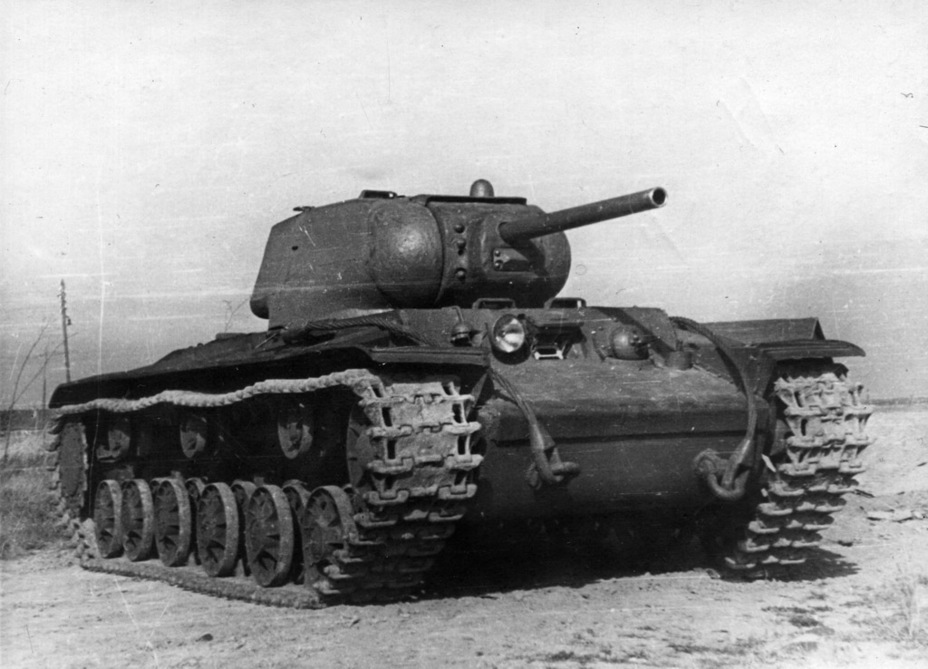
There were issues with other components. Issues with road wheels were some of the first to crop up. The KV-1 used road wheels made according to blueprint 33-803, which were in production since February of 1942. Each of these wheels weighed 170 kg. SKB-2 designed lighter wheels for the KV-1S. Road wheels with blueprint number 33-65 were installed on the first two KV-1S prototypes, as well as on tanks from the pilot batch. The designers reduced the mass of each road wheel to 135 kg, which saved 420 kg from the tank's overall mass.
The problem with 33-65 road wheels was that they were ill-suited for mass production. They were not good from a casting technology point of view. The casting plant tried to master them in July-August of 1942, but could not pull it off. As a result, ChKZ was forced to use old 33-803 road wheels on August and some September production tanks.
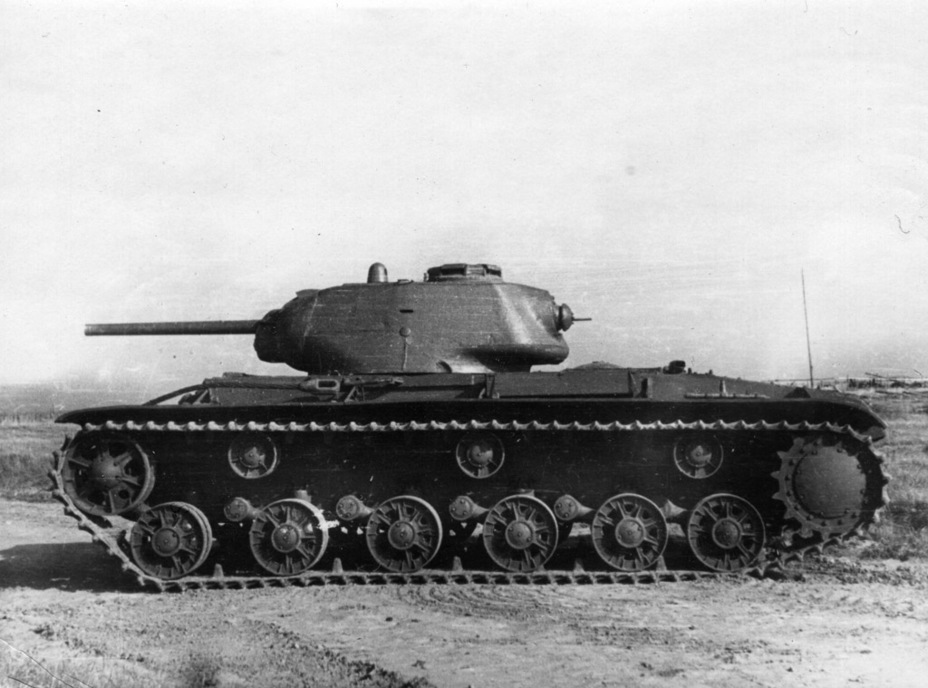
Another road wheel was developed in the second half of August on the steel casters' request: 833-16. It was even lighter than 33-65, weighing only 125 kg. The design was similar to the KV-13's road wheels, which was designed in the summer of 1942. 833-16 road wheels were successfully tested in comparative trials using vertical drop machines and was introduced into production starting on August 31st. There was some time before its production could be mastered, and some KV-1S built in September received old KV-1 wheels.
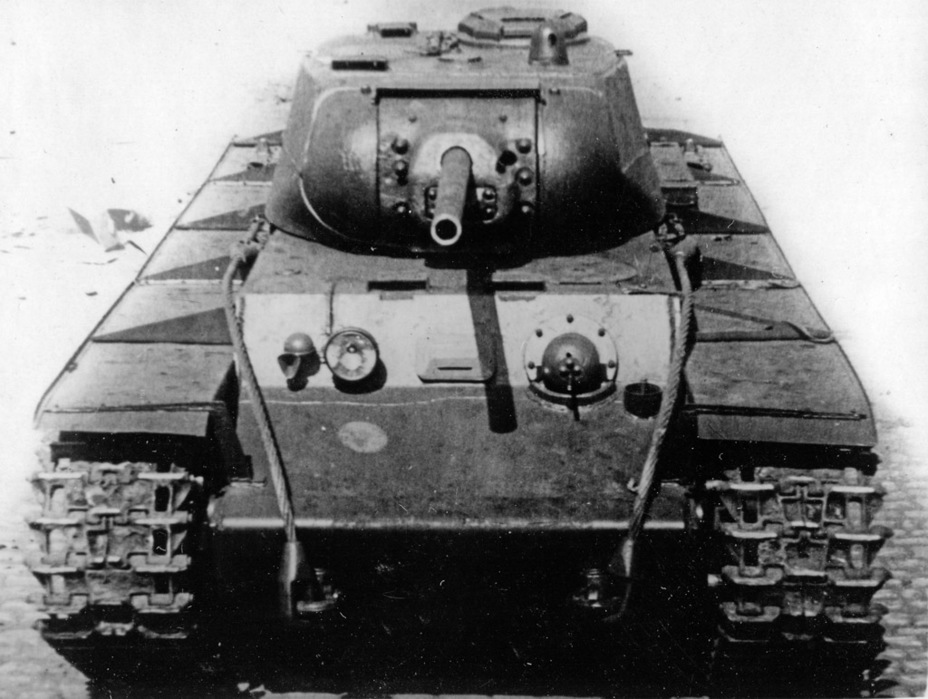
The mass production KV-1S had more differences from the prototypes than just the wheels. For an unknown reason, production tanks lost handrails on their hulls and turrets. A number of changes was introduced in September-October. The cooling system was slightly altered in September, and tanks were equipped with lighter cranks and swing arms starting on the 30th. An improved ammo rack layout was installed after October 9th, which increased the amount of ammunition carried to 114 rounds for the cannon and 49 magazines for the DT. Installation of additional fuel and oil tanks began on the same day. These tanks were supposed to go onto the first KV-1S tanks, but there were various delays in their introduction.
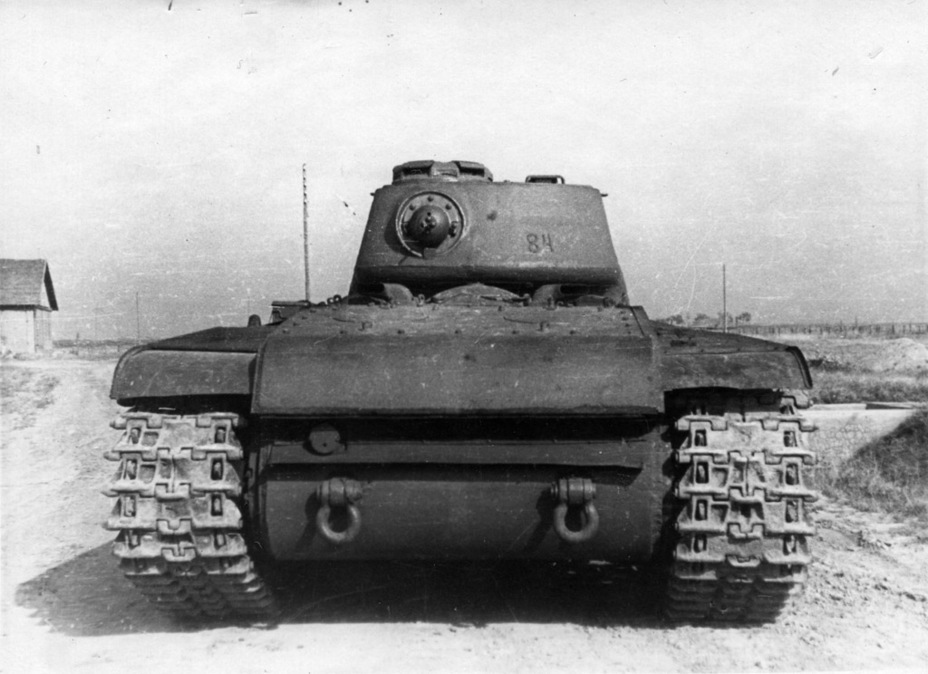
Another significant change was the appearance of a new road wheel, indexed 33-67. According to an official list of changes, it was introduced on November 5th, 1942, and was installed on vehicles after tank #210109. However, there is evidence showing that the transition happened much earlier, in October. This road wheel was a somewhat altered 833-16, which was officially considered an experimental design. Both types of road wheels were installed on tanks in parallel in October of 1942.
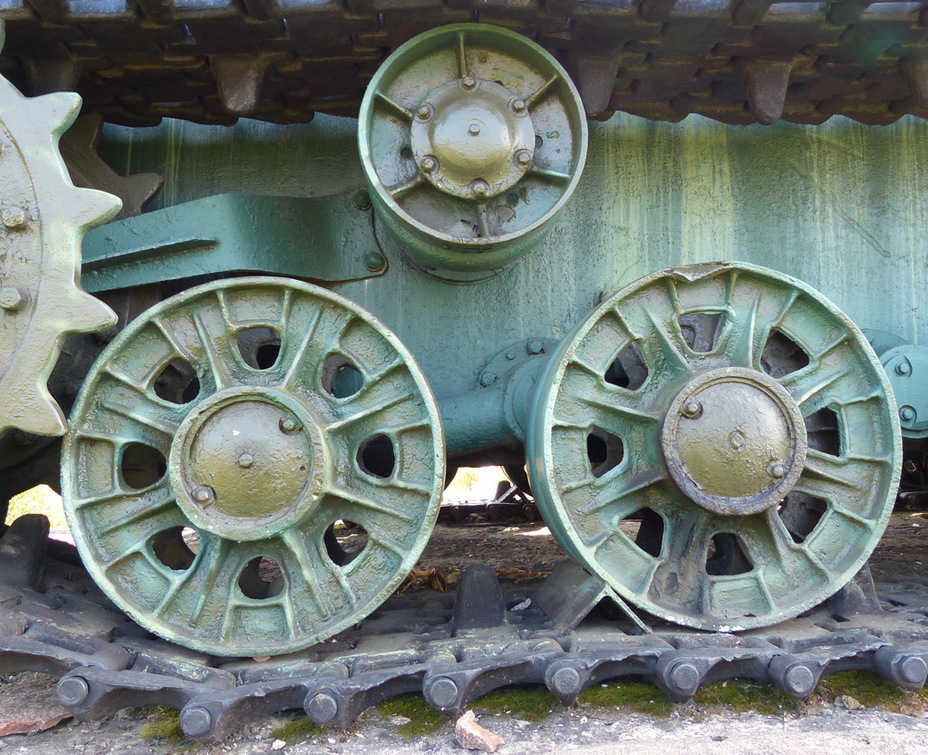
A scandal broke out in regards to 33-67 road wheels in November of 1942. Large scale breakdowns were recorded. For instance, the 5th Guards Tank Regiment registered 164 breakdowns for November 10th and 11th. There were serious investigations at the factory. It turned out that the issue was not so much the design, but the quality of production.
The scandal took place during a time of significant issues with casting, which led to delays with supplies. The last tank from September's quota was accepted on October 2nd, the last tank from October's quota was built on November 6th and delivered on November 9th. Issues with hull supplies made their mark, which was especially noticeable in November and December of 1942. The last November tank was built on December 7th and delivered on December 15th. The last tank for December was built on January 10th and delivered on January 11th. This was the cost for starting T-34 production in Chelyabinsk.
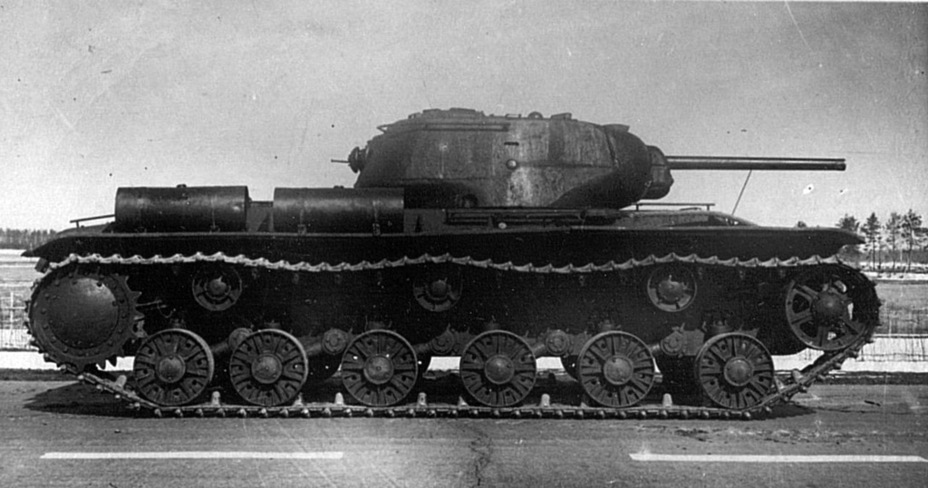
Modernization of the design continued during the last two months of 1942. Tanks were equipped with 650 mm wide tracks starting with November 1st, and the hull handrails returned on the 28th. The commander's seat was also somewhat altered in November, and the swing arm mounts were attached by welding. Starting with November 25th (officially, December 2nd) a modernized road wheel with blueprint number 22-69 was introduced. This was the last step in switching around road wheels. On December 10th, the turret handrails were reintroduced. December became a pivotal month for the tank. The most serious visual changes happened during this month.
Waning interest
Due to a whole series of issues, the real volumes of KV-1S production were different from what was expected. 510 tanks were planned for the 4th quarter of 1942: 145 in October, 170 in November, 195 in December. In reality, 165 were accepted in October, 125 in November, and the same number in December. In total, 415 were accepted.
A big investigation took place regarding acceptance of the vehicles, triggered by a memo from the assistant military representative, Engineer-Captain P.N. Kotov. For context, there was a lot of tension between Kotov and Captain I.N. Skribtsov, the senior military representative at ChKZ. As a result of the investigation, Skribtsov was proven to be in the right, despite is strained relationship with Zaltsmann, the People's Commissar of Tank Production. This is based on Skribtsov's refusal to push tanks through the acceptance process retroactively in the fall of 1941. As for Engineer-Captain Kotov, his desire to be transferred out of ChKZ was unexpectedly granted. He was appointed as the assistant to the chief of the 6th department of the Main Directorate of Captured Armament, where he directed the parting out of captured vehicles.
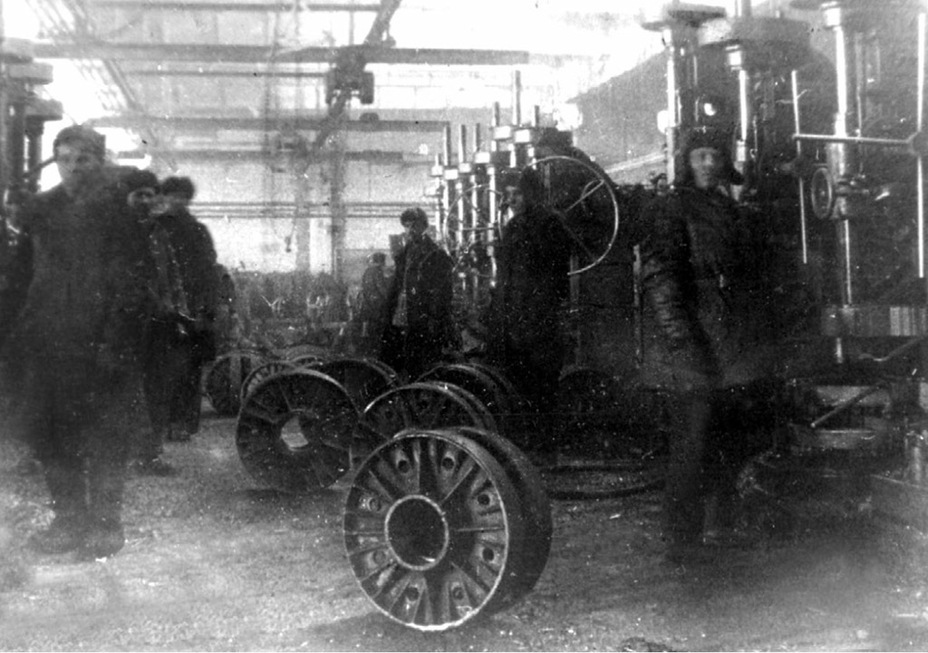
Issues with KV-1S road wheels continued into 1943. With a quota of 124 tanks, the factory only delivered 93 (from factory #92 reports). Seeing the issues that the factory faced, the quota for the next month was lowered to 62 vehicles. It was overfulfilled: 72 KV-1S tanks were delivered in February. With a quota of 60 tanks in March only 52 were built, but the factory also repaired 11 tanks, which allowed it to complete the requirement.
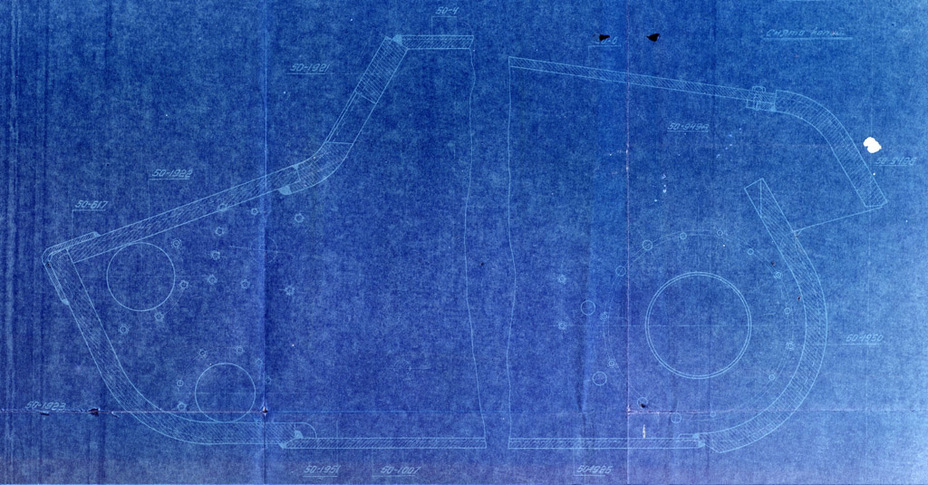
Difficulties with production did not mean that the design will not change. According to the approved list of changes for 1943, dated January 25th, 1943, the KV-1S was in for a whole series of changes. An altered variant of the front hull with an upper front plate composed of two pieces was developed in December of 1942. This made the production of this part easier, as it was previously made from one bent variable thickness plate. According to plans, the new component would undergo ballistic testing on February 15th. In practice, this test was postponed to the summer, and then it disappeared from plans completely.
Another change was the introduction of a new radio operator's hatch, which could be opened regardless of the position of the turret. A two-piece hatch was acceptable. This change was also never completed. The same goes for the decision to make 60 mm thick armour from high hardness plates. As a result, the tank changed minimally in January. Control rods were changed, as well as the cylindrical armoured cover of the radio antenna that was replaced with a triangular one.
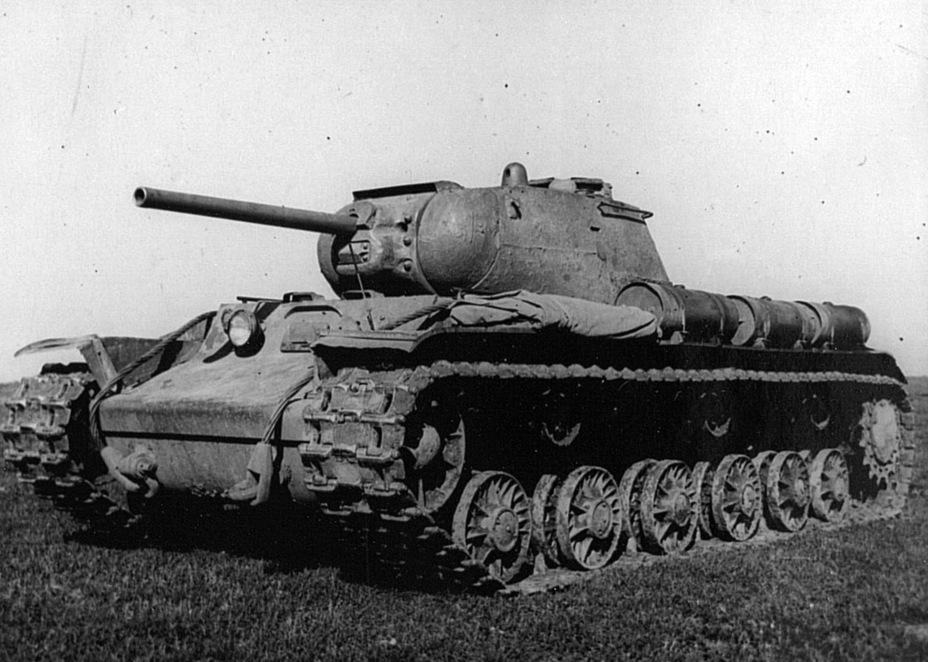
The situation with later modernizations did not not change. The issue of visibility from the commander's cupola, for example, was pressing. It was planned that it would be replaced with a new cupola, designed based on the second variant of the KV-13 cupola, with an exit hatch on top. Two more variants of the cupola were designed. As a result, the experimental tank received a cupola that was developed on orders of the chief of the 6th department, Engineer-Major Pestov. This cupola was also supposed to be installed on the KV-1S tank, but this proposal did not make it past the planning stage.
The production of the turret from high hardness steel also did not go past experimental work, despite the fact that trials performed in March of 1943 proved this idea to be correct. The only change made to the turret in March was the introduction of lifting hooks in the sides and rear. Experiments with installing a fan and MK-IV or T-80 periscopes in the turret also ended with nothing.
However, there were some changes made. The 10T-7 periscopic sight was introduced on February 1st. Some changes were made to the radio in March, and splash protection was added to the hull roof in April.
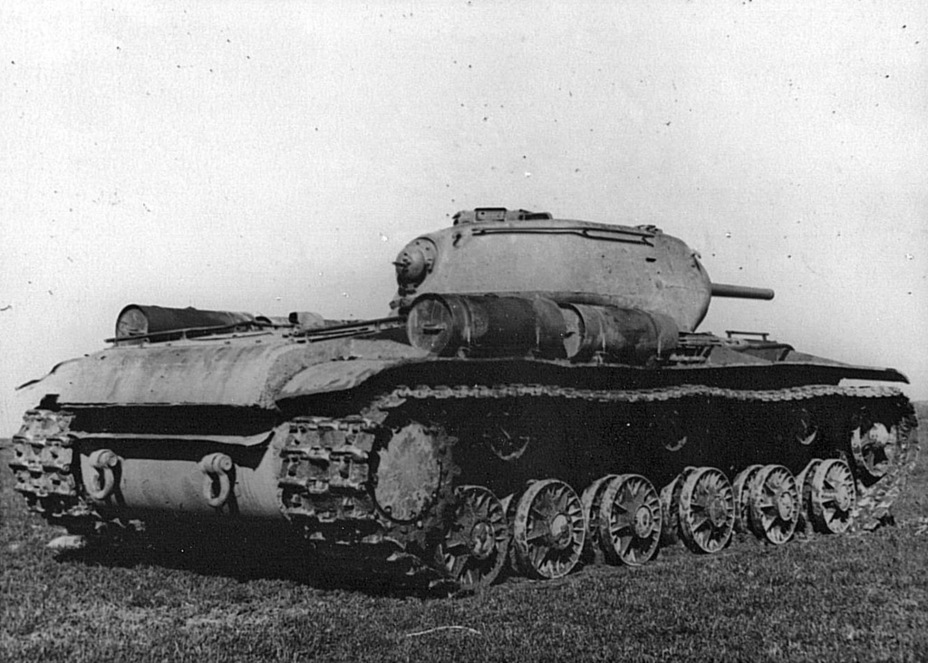
The laissez-faire approach to modernization was directly caused by the fact that the KV-1S was a tank with no future. Both the factory management and the NKTP considered the KV-13 (aka IS-1) to be higher priority. It was better protected, its turret was roomier, the gun mount was more comfortable, and the design had more potential for modernization. GKO decree #2943 published on February 24th, 1943, discussed not only the production of prototypes, but a pilot batch. The KV-1S was already dead and buried. The IS-1 was supposed to replace it in the spring of 1943. The issue was that the trials of the successor were mixed, to say the least.
The KV-1S owes its survival on the assembly line to the German Tiger. Trials in April of 1943 showed that the 76 mm F-34 gun can do little against the tank, even at point-blank range. The IS-1 had to be equipped with a new 85 mm gun. Analogous work was performed with the KV-1S, which will be discussed in another article. Clearly, this kind of work was not instant, and so the old KV-1S remained in production for the time being.
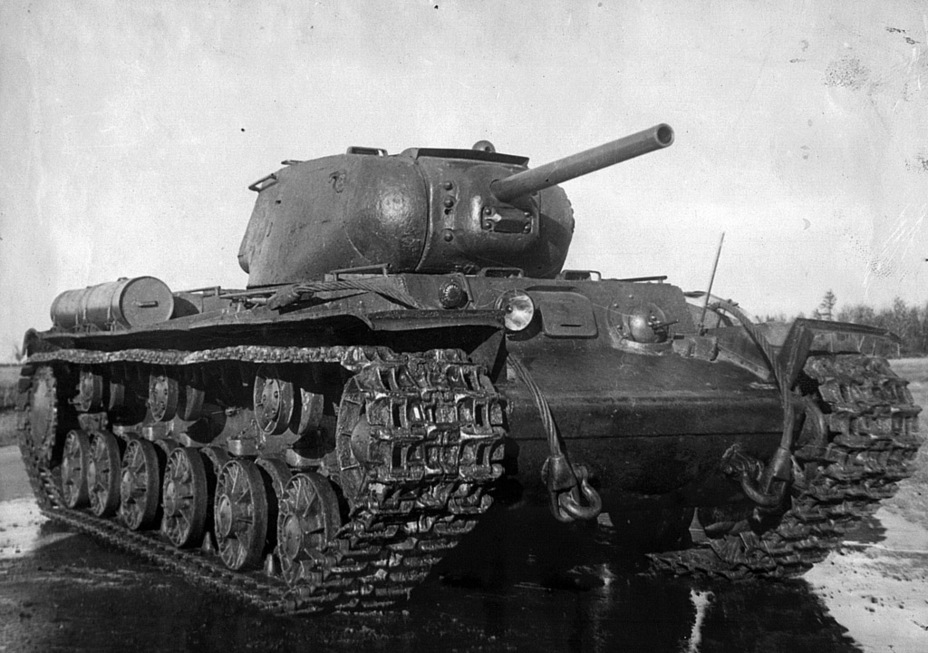
Preparation for an IS-1 pilot batch had an impact on production of the KV-1S in April of 1943. Instead of 85 tanks, 50 were delivered, with the production of the hulls and turrets being the limiting factor. This is not surprising, as factory #200 was responsible for hulls of the pilot batch. In addition, ChKZ began producing SU-152 SPGs on the KV-1S chassis, which ate into the hull supplies. This shortcoming was compensated for in May: with a requirement of 50 tanks, ChKZ put out 75 new ones, plus 4 repairs. A similar leap was observed in the summer: 30 tanks were delivered in June despite a quota of 42, but 52 tanks were delivered in July compared to the quota of 38. One of these tanks was converted into the KV-85 (Object 238).
The last major changes were introduced into the KV-1S in July. Removable front fenders were added, the cap on the engine compartment access hatch was changed, and the exhaust pipe covers changed shape.
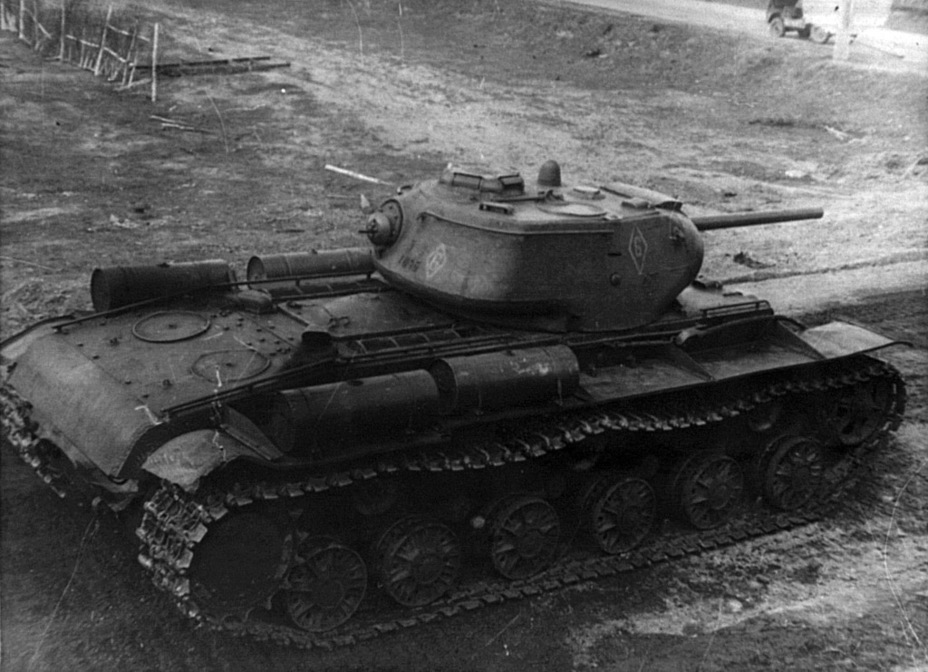
The last 39 KV-1S tanks were produced in August of 1943. The saying «meet the new boss, same as the old boss» applies here. Since the new IS-1 (object 237, aka IS-85) would take time to enter production, production of the KV-85 began in August. This was in many ways the same old KV-1S. In total, 1086 KV-1S tanks were produced between August of 1942 and August of 1943, and 15 more tanks were refurbished at the factory.
A transitional heavy tank
The KV-1S was issued to units starting with September of 1942. The first unit to receive these vehicles was the 58th Tank Brigade. Tank brigades received mixed reinforcements in September. For instance, the 33rd Tank Brigade received KV-1 and KV-1S tanks from the ''Potrebkooperatsiya'' tank column. It's very likely that KV-1S tanks that arrived in these mixed shipments had KV-1 gearboxes. A number of these tanks were built in September.
On Stalin's orders, Guards Tank Regiments began forming on October 8th. 4 of them (47th through 50th) were equipped with Churchill tanks. Another 17 had KV-1S tanks. They were formed according to TO&E #010/267, which authorized 21 tanks per regiment. The 21-tank regiment structure remained until the end of the war.
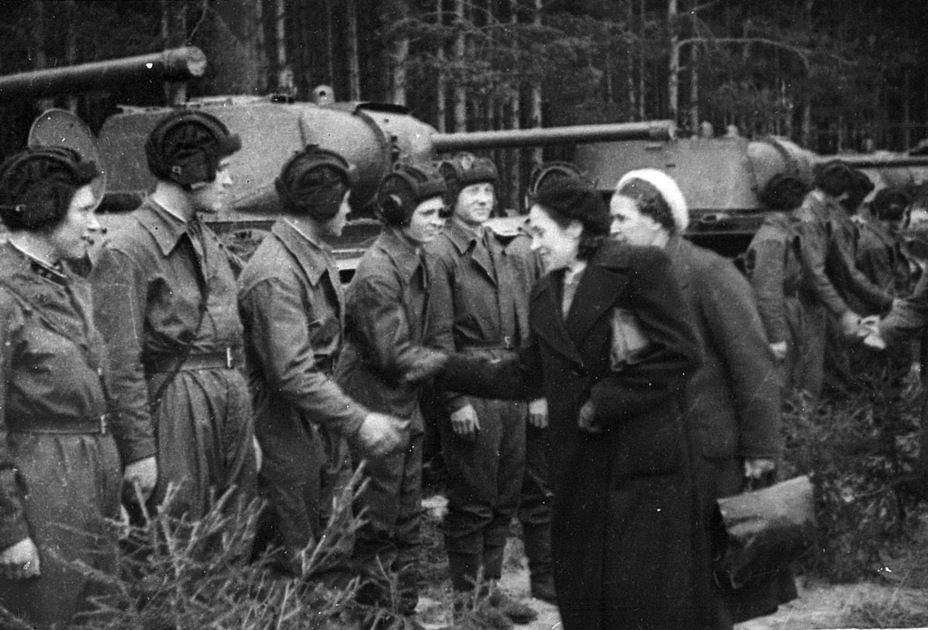
Reports on the KV-1S from its users were mixed. The hurried production of the tanks resulted in various defects. Widespread breakdowns of road wheels were reported in November of 1942. There were complaints about the 8-speed gearbox, but not the design, rather the careless assembly. Overall, the low quality of production was directly connected with ChKZ's excessive workload. Of course, the army needed T-34s, but this kind of rapid organization came at a cost. Chelyabinsk T-34s also had a number of production defects, especially their tracks.
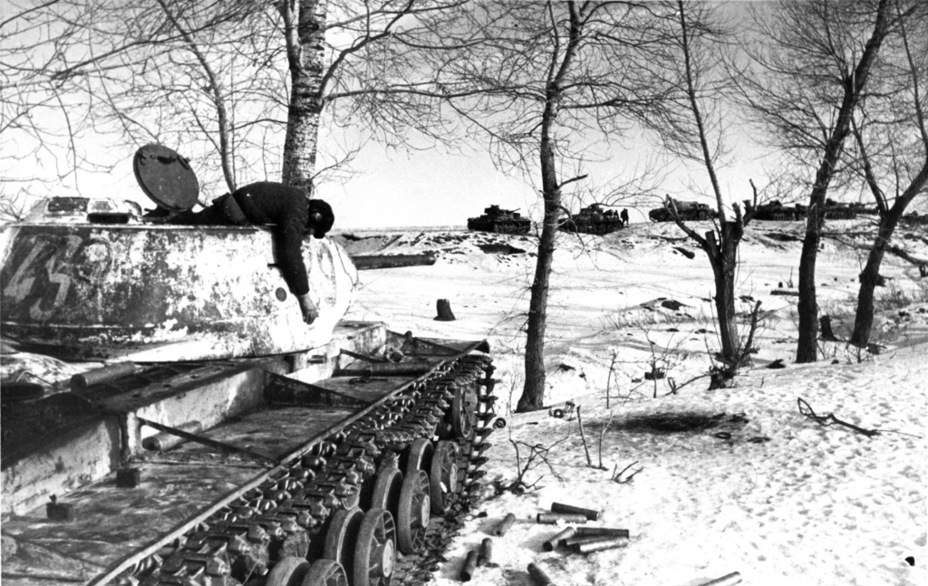
The problems of the KV-1S were not only from production defects. Reports connected with design drawbacks started coming in around October 1942. The claims of test crews that the smaller turret of the KV-1S was not any less comfortable were not exceptionally accurate. Most complains were directed at the commander's station. The cupola was uncomfortable, and had a 30 meter dead zone in front. The placement of the periscopic sight in front of it was not a great idea, as it obstructed the view.
Later, when the KV-1S went into battle, another significant complaint cropped up. The lack of a hatch in the cupola reduced the speed at which the crew could leave the tank if it was knocked out. The rear machinegun was uncomfortable to use. The commander's back was pressed against it, and the gunner was forced to move forward when the commander was using it. This prevented him from firing the main gun.
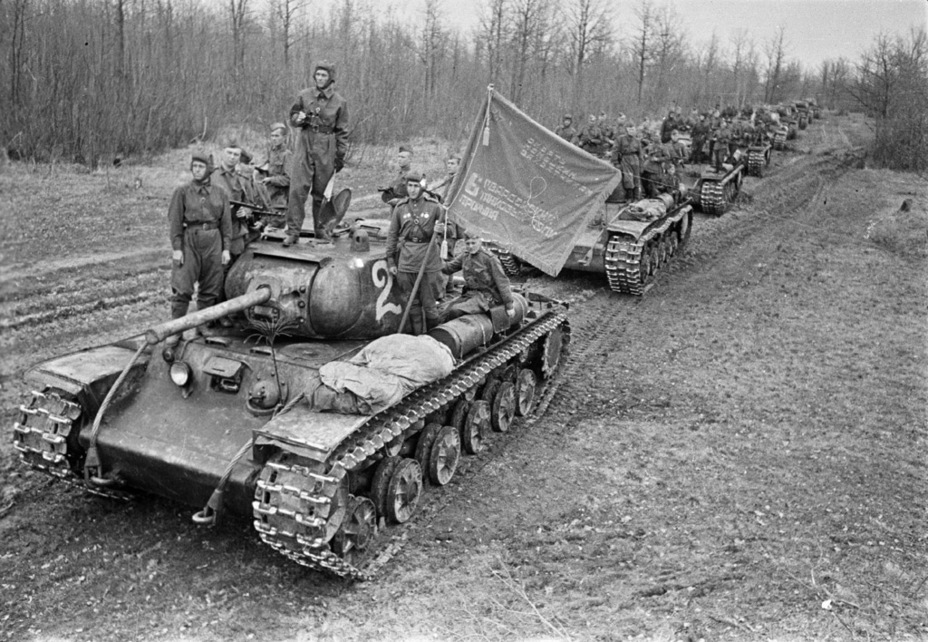
The optics were also a source of complaints. The TMFD sight was installed in such a way that the armoured cover partially obstructed the view. The complaints were made as early as November of 1942, but the sight was only replaced in March of 1943. Training and combat revealed an issue with the observation devices. The glass blocks ruptured often. Complains about periscopic devices that were installed too high up also came in.
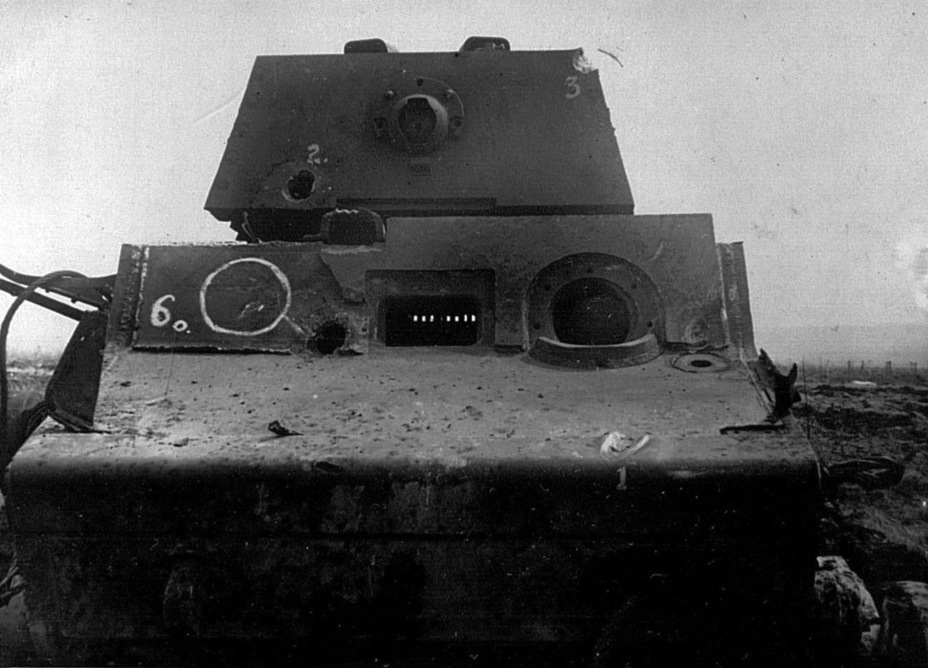
Design and production defects were inevitable due to the speed at which the KV-1S was put into production. Nevertheless, the tank's designers did not get a Stalin Prize for nothing. The debut of the KV-1S at Stalingrad proved that the idea of a lightened heavy tank was correct, even though it had to sacrifice some armour. High mobility in combat was an important quality. Despite the aforementioned defects, the KV-1S was more reliable than its predecessor. This tank could carry out long marches, which was important in the offensive operations of late 1942 and early 1943.
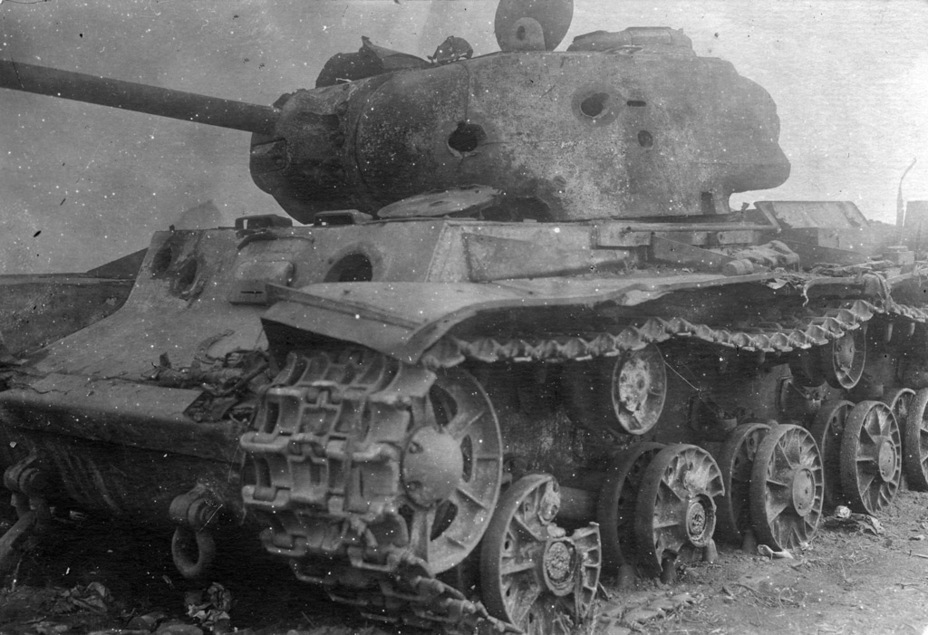
Let us focus on the armour separately. There is an opinion that reducing the armour of the well protected KV-1 was a mistake. However, recall that the development of German artillery did not stand still. German units began receiving artillery, tanks, and SPGs that could deal with the armour of the KV-1 in the spring of 1942. Additionally, the German Tiger tank made its debut on the battlefield in the winter of 1942/43. Its 88 mm gun could penetrate the hull of the KV-1 from 1.5 km. The Panther, whose 75 mm KwK L/70 had even higher penetrative capabilities, made its debut in July of 1943 at Kursk.
The thick armour of the KV-1 ceased to be a significant advantage in the face of rapidly developing anti-tank artillery. The mobility of the tank, on the other hand, left much to be desired. The more mobile and less blind KV-1S performed better on the battlefield than its predecessor.
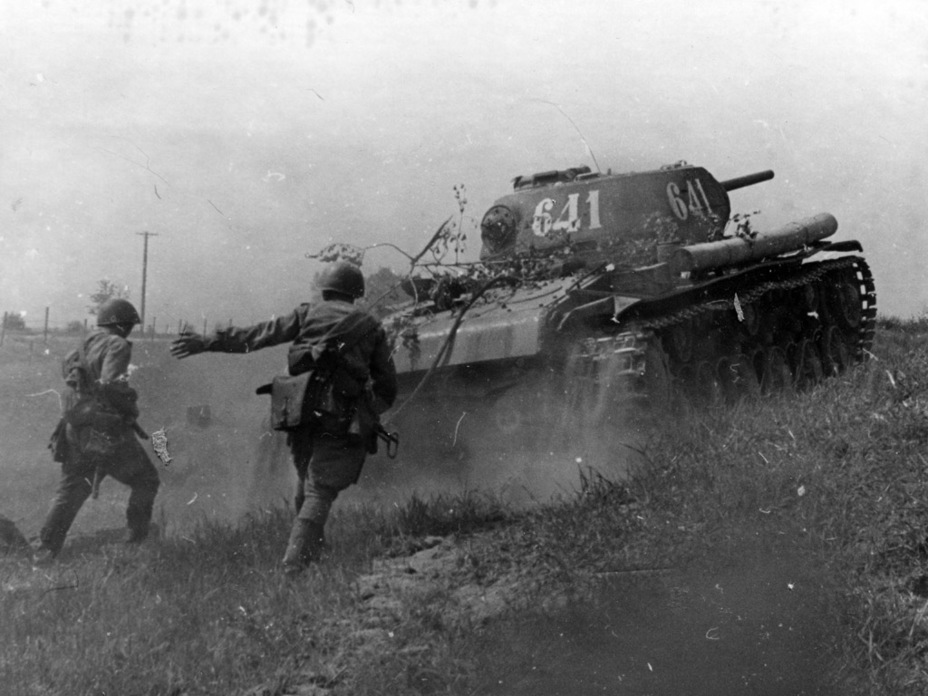
The decline of the KV-1S came in late 1943, when KV-85 and later IS-1 and IS-2 tanks were issued. Despite this, several units kept using these tanks until the fall of 1944, especially at the Leningrad Front. This was a very unusual «zoo», where one could see many tanks that were long gone from other battlefields of the Great Patriotic War, including BT-5 and T-26 tanks. KV-1S tanks arrived at the Leningrad Front in the summer of 1943. Here, they fought shoulder to shoulder with KV-1 tanks, some of which had 2.5-3 years of fighting behind them. The last time the KV-1S was used was in the fall of 1944 during the liberation of the Baltics.
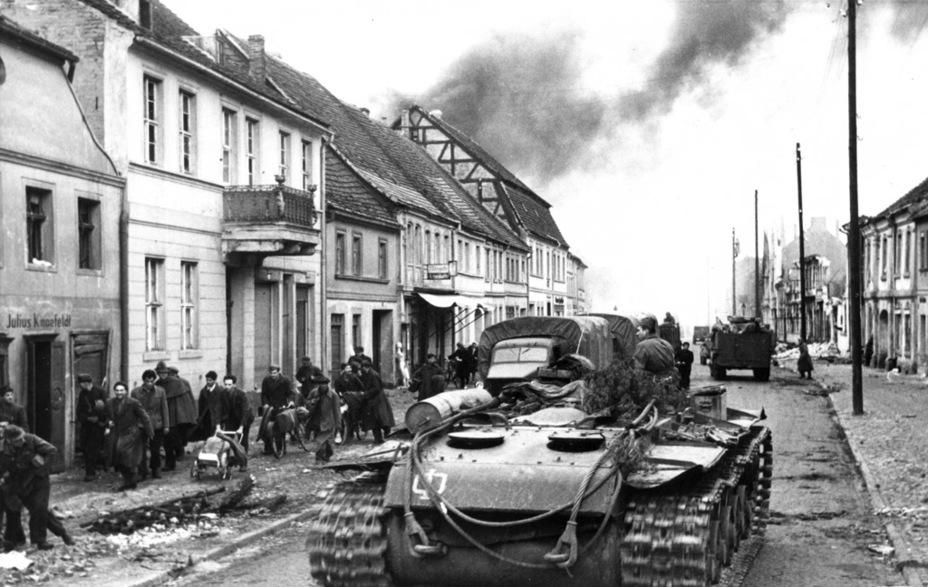
Let us mention the prime movers built using KV-1S tanks separately. The first conversions of these tanks into ARVs is dated February 1944. Tank repair factory (BTRZ) #1 converted 6 tanks in this fashion. In parallel, BTRZ #6 began converting these tanks, producing 4 prime movers in February. Recovery tractors were a rarity in the Red Army, and production of the Voroshilivets ended in the fall of 1941. Both KV-1 and KV-1S tanks were converted into prime movers. Not too many of these tanks were produced. Repair factories #1 and #7 build a handful of such vehicles. Repair factory #6 built the most of these vehicles. For instance, 14 prime movers were delivered in July of 1944.
Translated by Peter Samsonov. Read more interesting tank articles on his blog Tank Archives.
Sources:
- Russian State Archive of Economics;
- Central Archives of the Russian Ministry of Defence;
- Russian State Archive of Socio-Political History;
- Archive of Sergei Oreshin;
- Archive of Gennady Malyshev;
- Author's photo archive.







